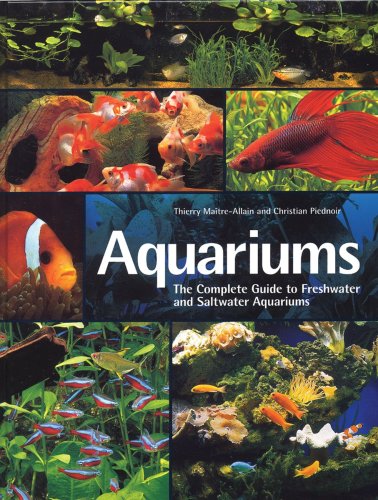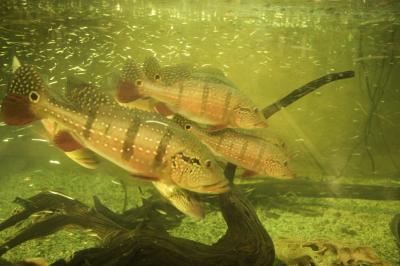Outrage over the pet food recalls in 2007 has made us all the more aware of what we feed our pets. Over 100 brands were contaminated with melamine, a chemical that makes plastics and fertilizers. This poisoned food caused kidney failure and may have killed thousands of pets.
Recalls and poisonings aside, there are plenty of other reasons to be aware of what's in your animal's food. A good diet keeps your pet's coat healthy and keeps his digestive system running smoothly. Also, you pay for what you get. Foods with a lot of fillers are cheaper but less nutritious. Just as with human food, good ingredients will go a long way toward giving your pet a long, healthy life.
Learning to read the commercial pet food labels will help in deciding which one you want to feed you pet. The most important parts of the label are the nutritional adequacy statement and ingredients list. The former tells you whether a food is suitable as the sole nourishment for a healthy pet. The label will specify that the product "provides a complete and balanced nutrition."
A well formulated cat or dog food will list chicken, beef, lamb, poultry, or fish meal first.
Cats are carnivores and dogs are omnivores, so both need their meat. Bone meal and other meat by-products are poorer sources of protein. Fillers do provide some protein, but aren't as digestible. Examples of fillers are: soy, rice, oats, yeast, wheat, corn. These ingredients should be listed lower on the list.
Manufacturers sometimes try to mask the amount of fillers in pet foods by breaking them into components. For example, corn may be listed as cornmeal, corn gluten and ground corn. If all three were grouped together, corn would appear much higher in the ingredients. At the end of the list you'll find preservative. Ethoxyquin is one of the most controversial, because it may affect a dog's liver. Look for foods preserved with Vitamin C (also called ascorbic acid) or Vitamin E (listed as tocopherol) instead.
A better alternative is to buy organic pet food. An organic pet food marked 95% organic meets the same guidelines as organic food produced for humans. The food won't contain pesticides or antibiotics, and it's preserved with natural substances like Vitamins C and E. As with any food, the organic option will be more expensive, but it's healthier for your pet, and the way it is produced is definitely better for the environment.
The best choice by far is making your own pet food so you know exactly what you're feeding your animal. Ensure you're preparing nutritionally balanced food, or your pet may suffer from malnutrition. You must consult your veterinarian or a specialist in pet nutrition before you start making your own food at home.
If expense isn't an issue, then home made pet food is worth making, especially for the peace of mind in knowing exactly what your beloved pet is ingesting. While some pet owners feed their animals raw meat, you'll be hard-pressed to find a vet who thinks it's a good idea. There is always a chance that you or your pet could be exposed to E.coli or salmonella.

 9 Common Mistakes of Freshwater Fish Owners
Keeping fish in an aquarium
9 Common Mistakes of Freshwater Fish Owners
Keeping fish in an aquarium
 How to Kill Ich in a Fresh Water Fish Tank
How to Kill Ich in a Fresh Water Fish Tank
How to Kill Ich in a Fresh Water Fish Tank
How to Kill Ich in a Fresh Water Fish Tank
 How to Tell a Male Betta From a Female Betta
How to Tell a Male Betta From a Female Betta
How to Tell a Male Betta From a Female Betta
How to Tell a Male Betta From a Female Betta
 What Causes Fish to Die in a Pond?
What Causes Fish to Die in a Pond?
Wha
What Causes Fish to Die in a Pond?
What Causes Fish to Die in a Pond?
Wha
 How to Take Care of a Puffer Fish
How to Take Care of a Puffer Fish
How
How to Take Care of a Puffer Fish
How to Take Care of a Puffer Fish
How